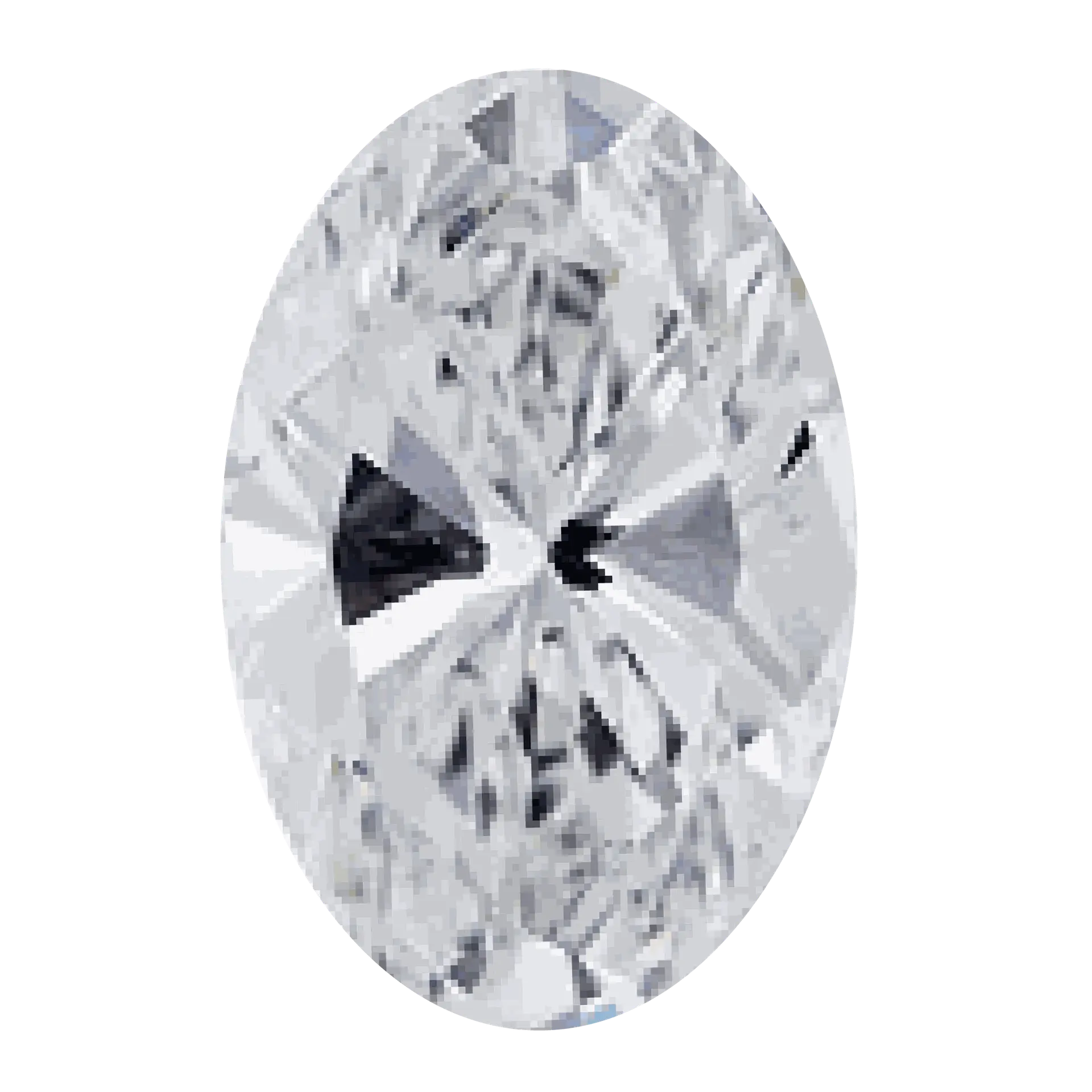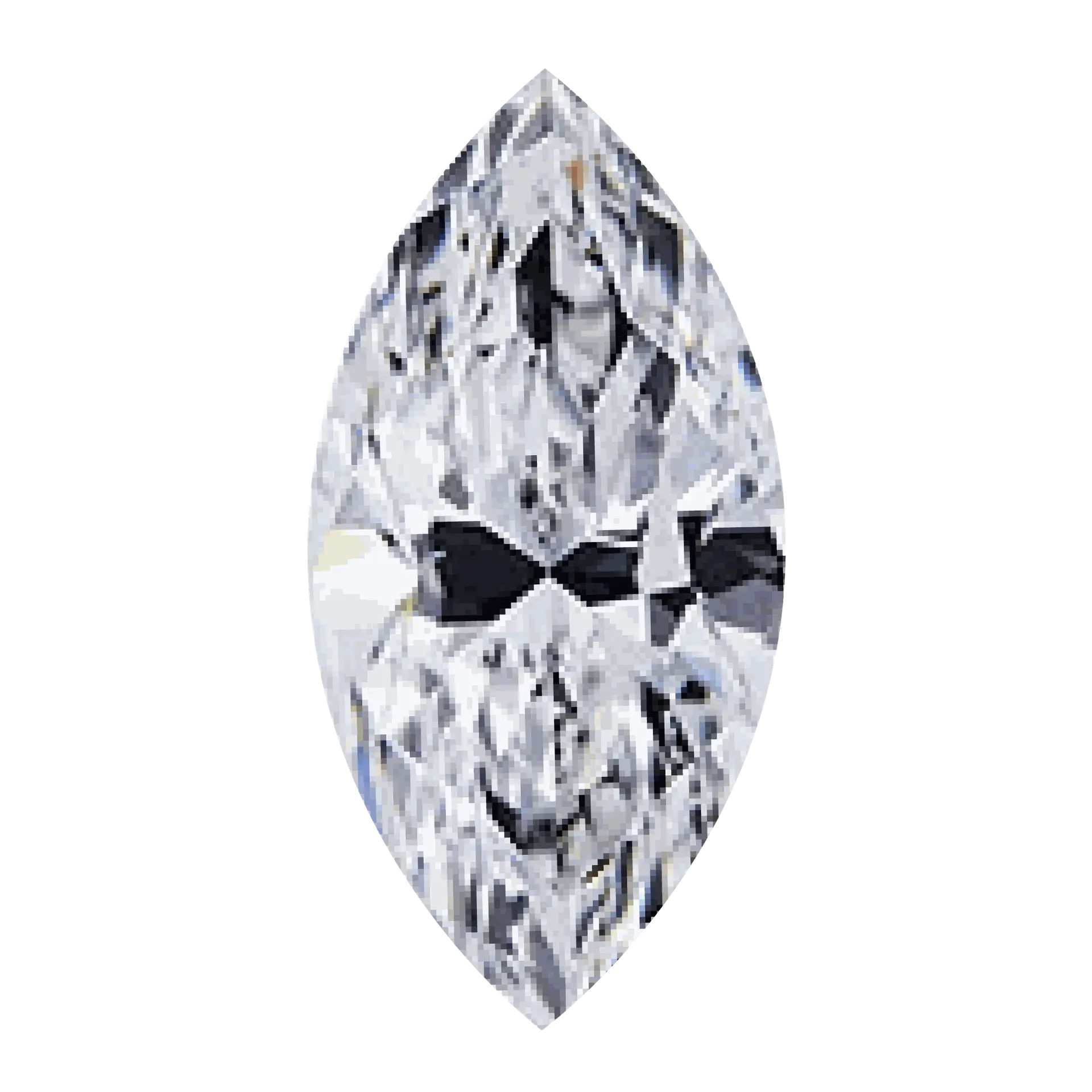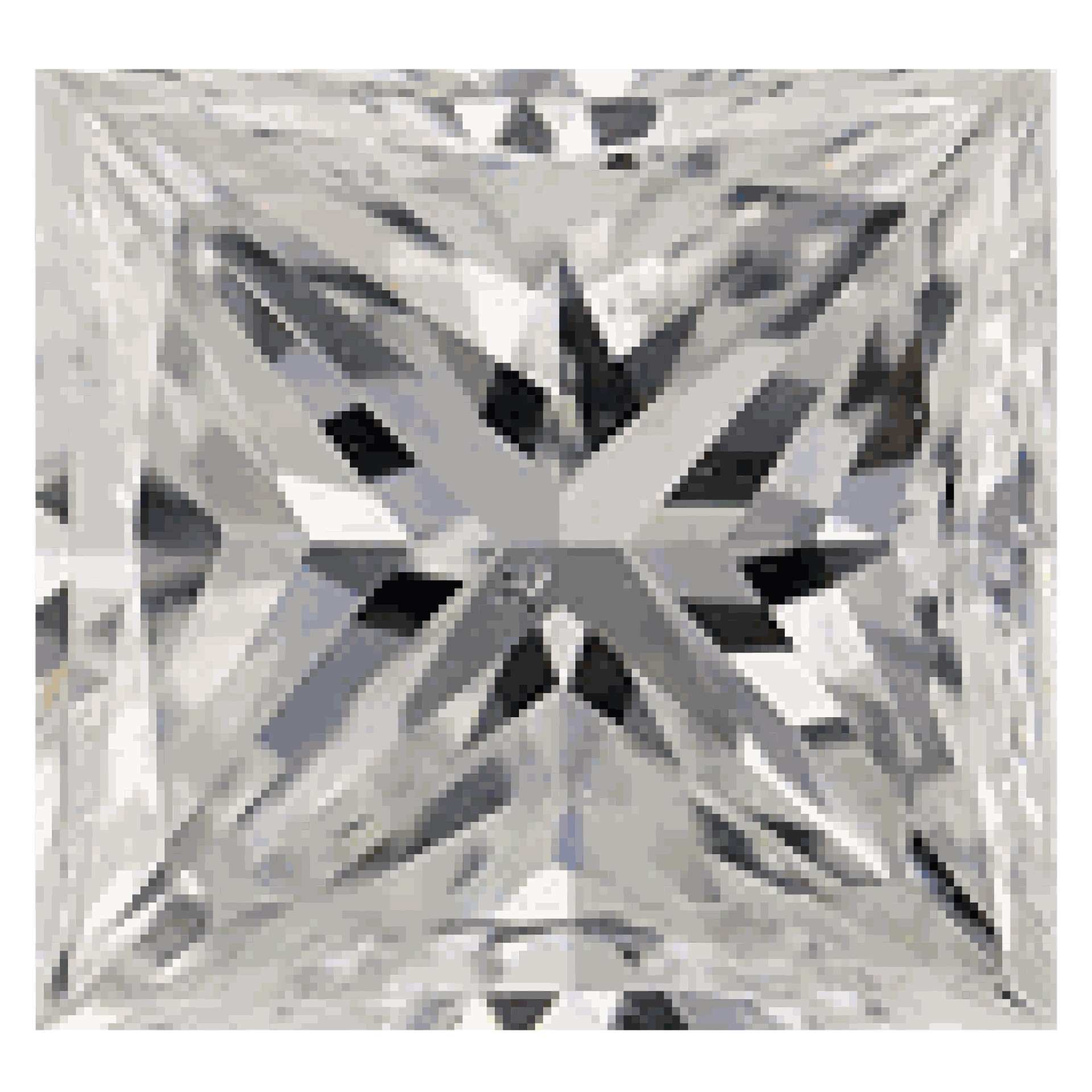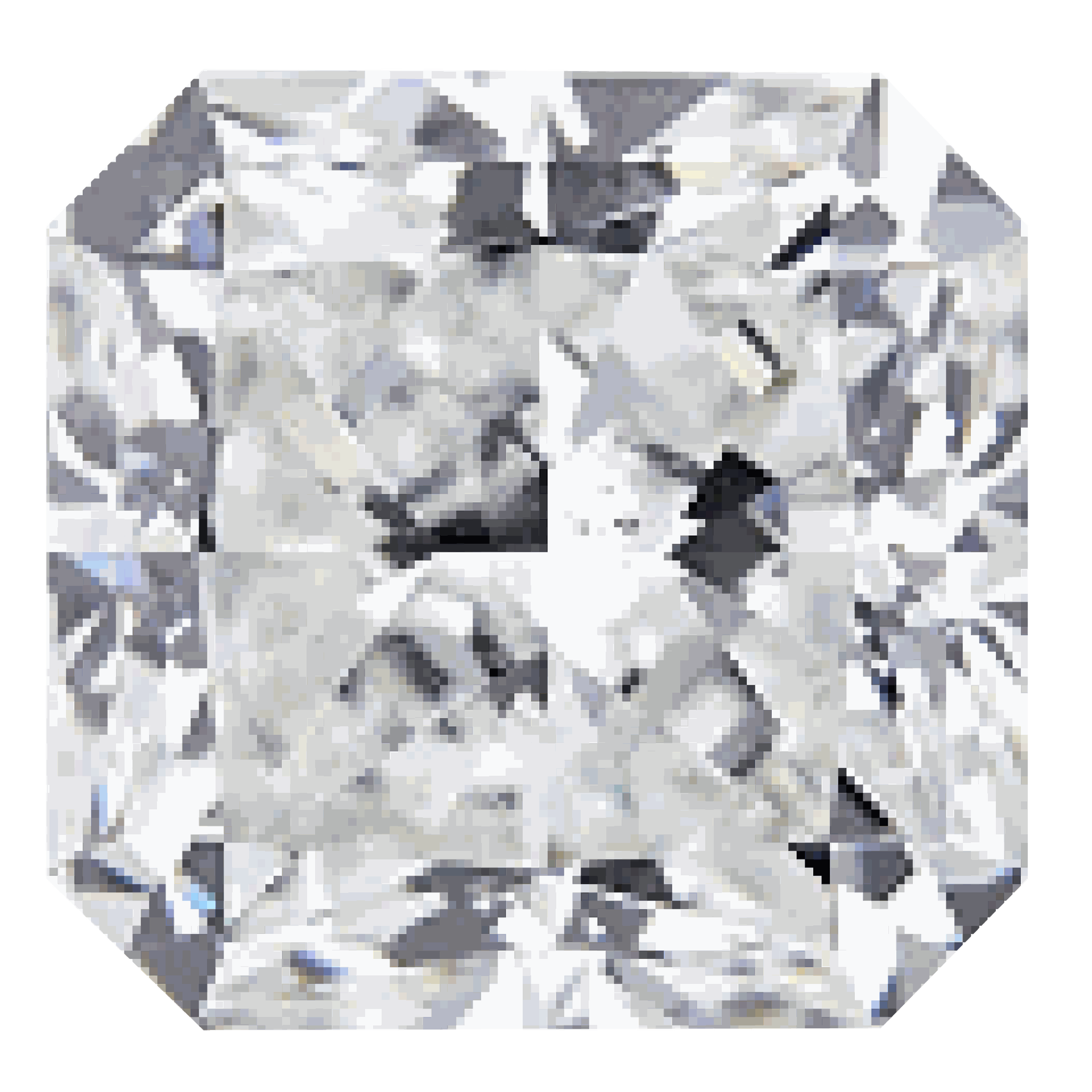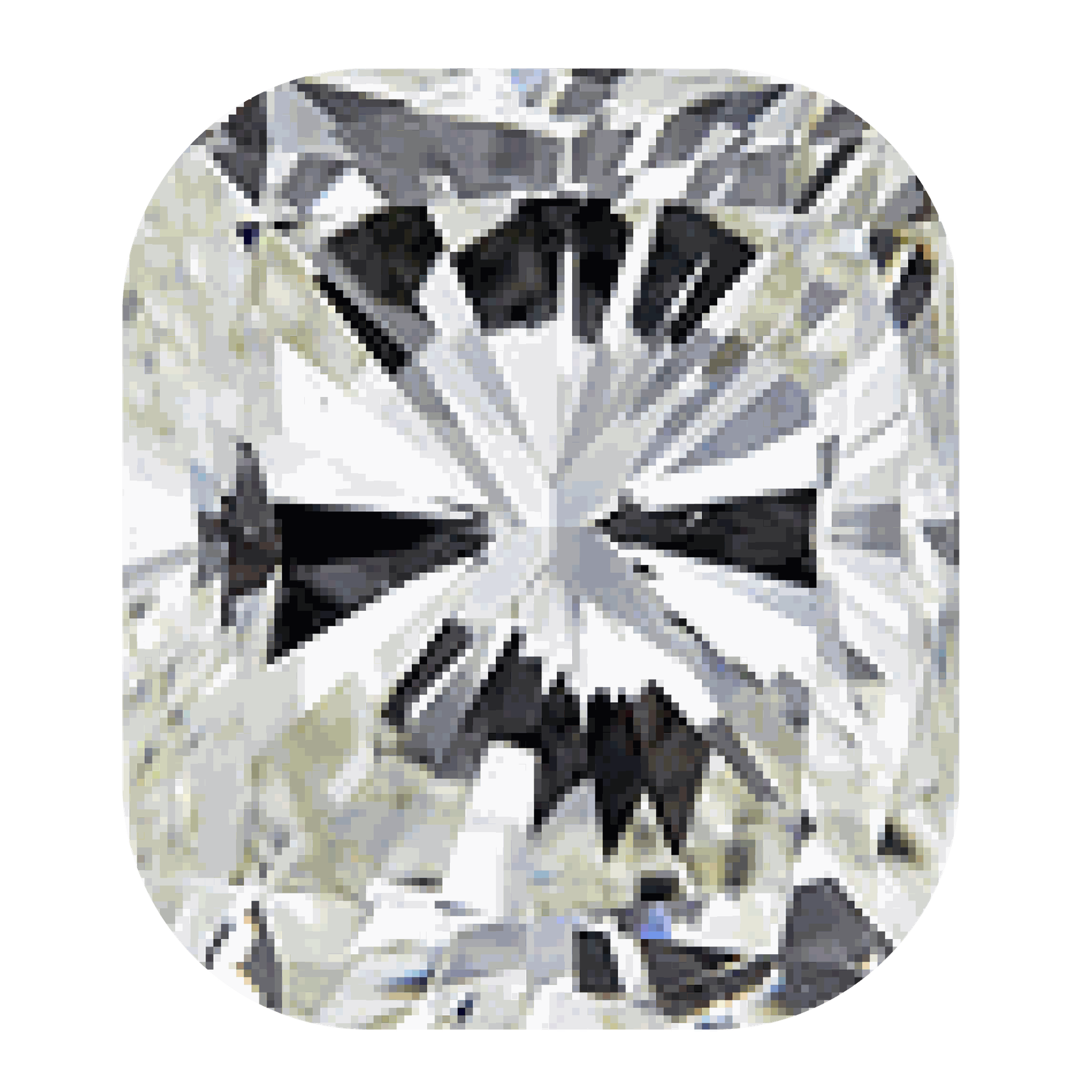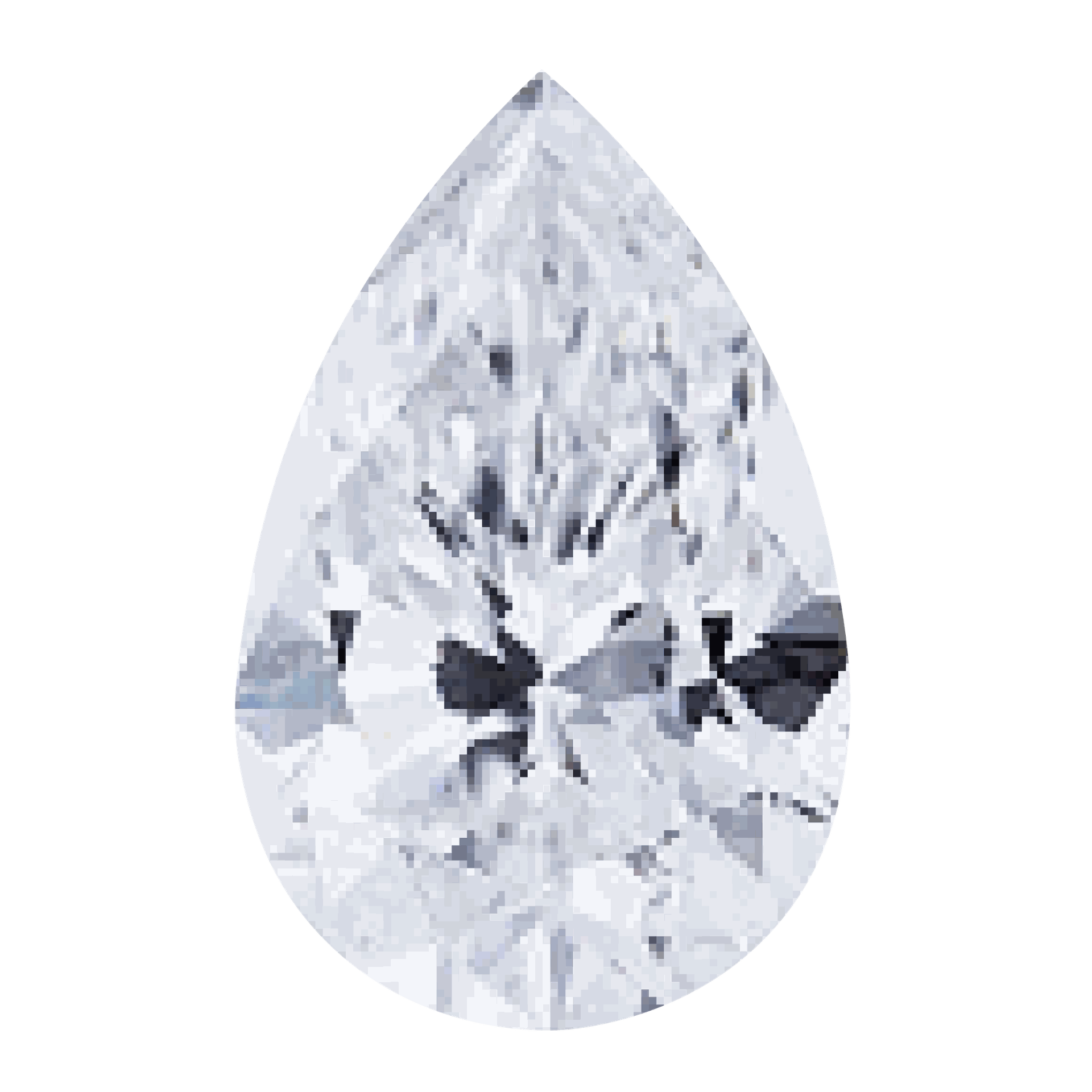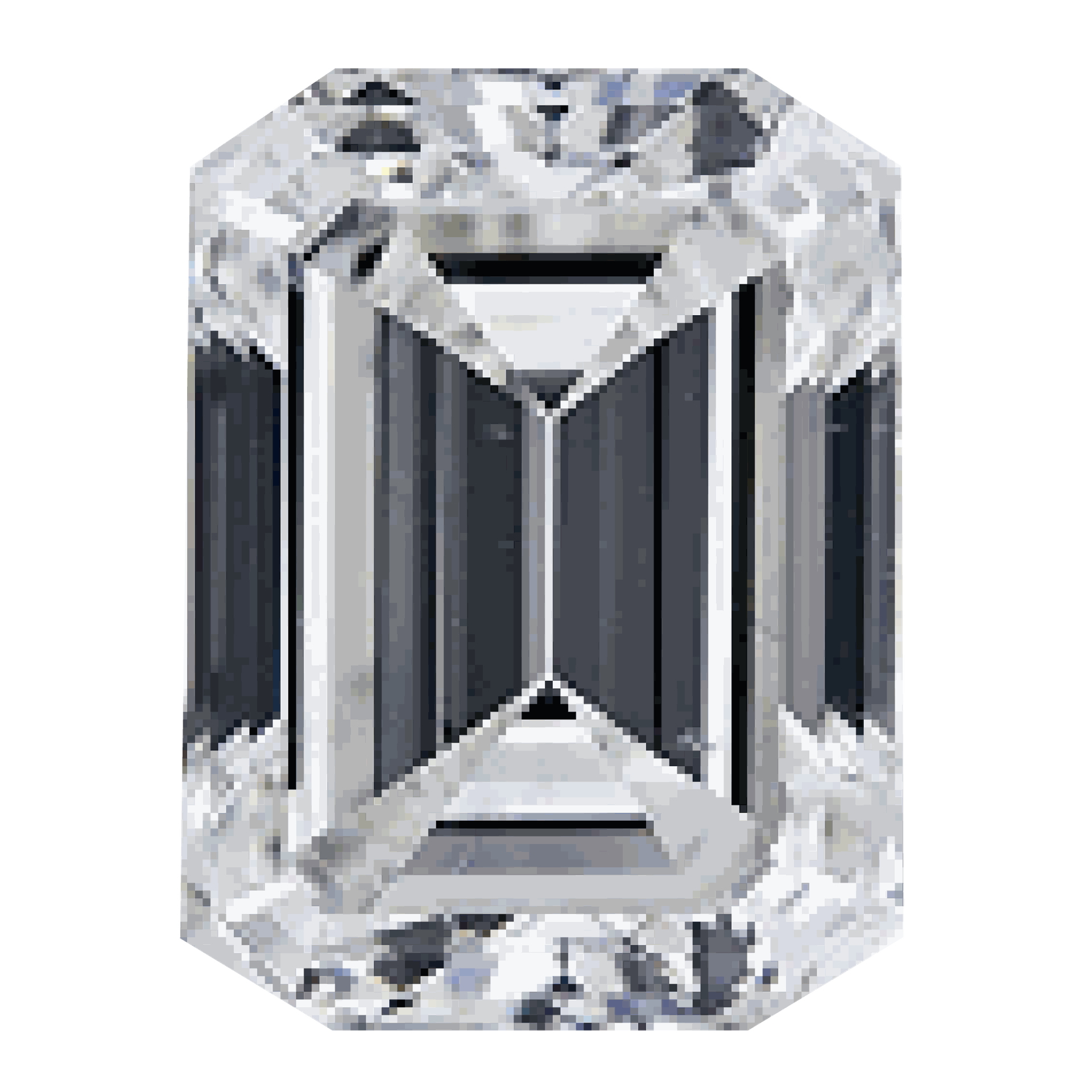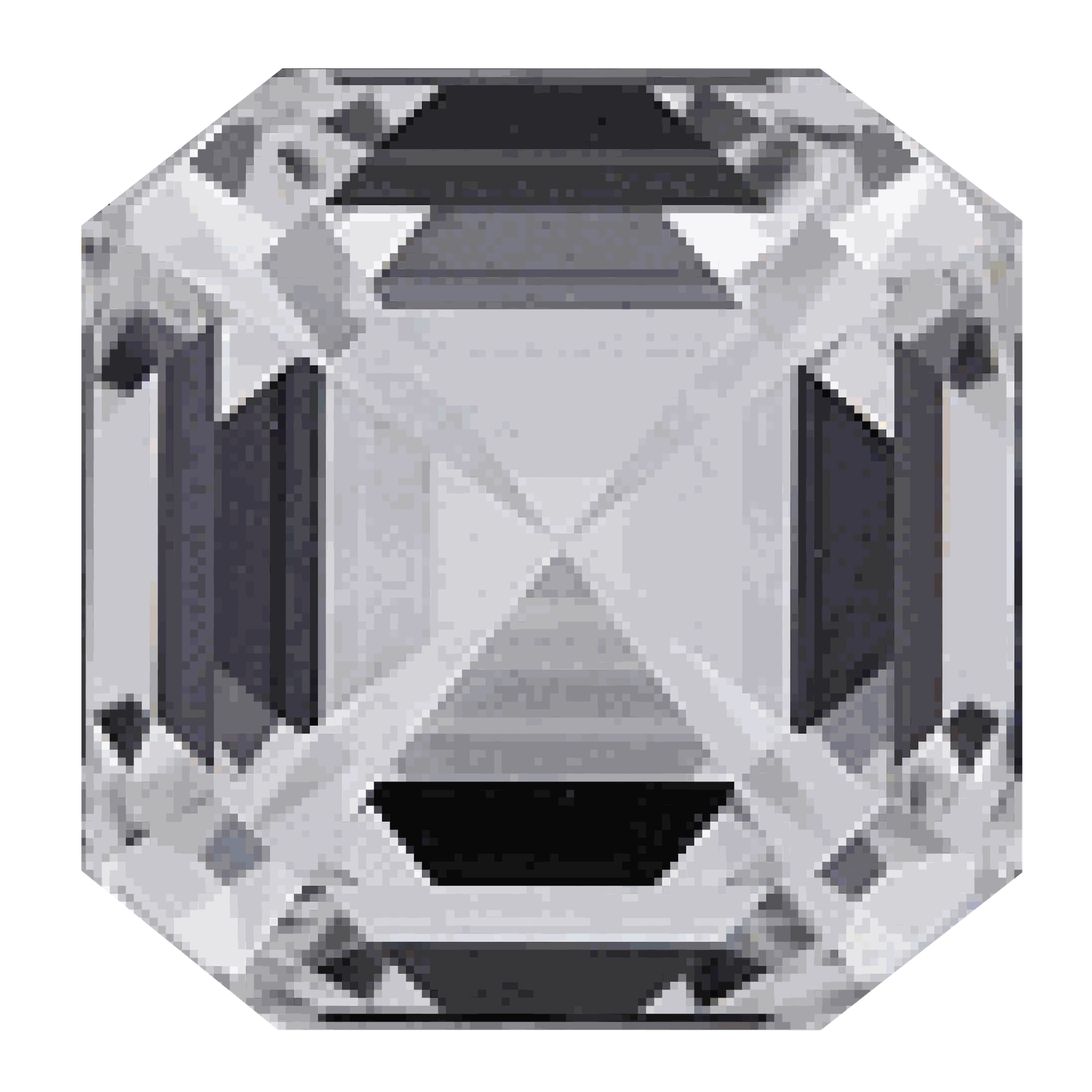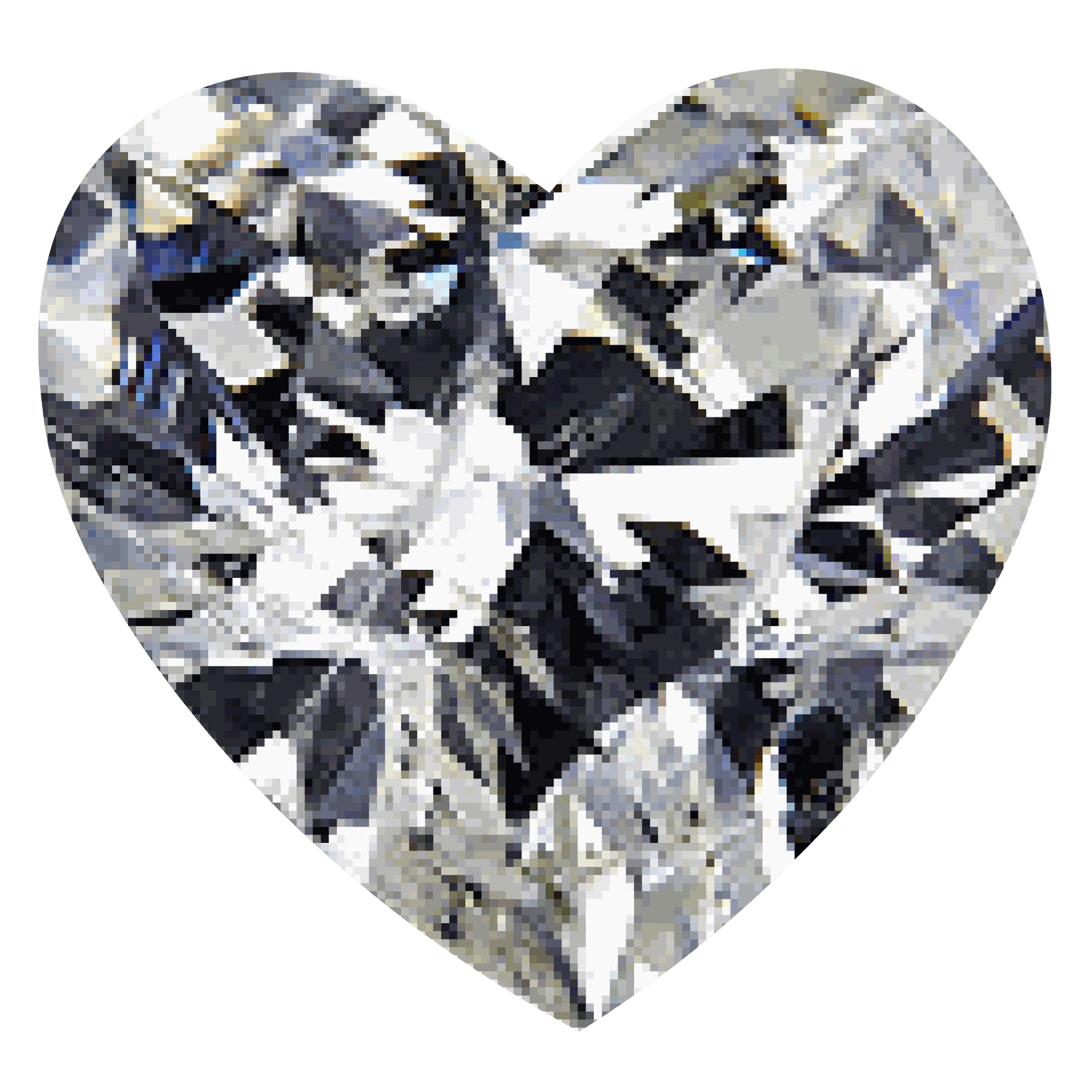ULTIMATE GUIDE
Diamond Education

All about 4Cs
I. Color
Although many people think of gem quality diamonds are colorless, truly colorless diamonds are actually very rare. Most diamonds used in jewelry are nearly colorless with tints of yellow or browns. Color grades are determined by comparing each diamond to a master set. Each letter grade represents a range of color and is a measure of how noticeable a color is.

Color grades are determined by comparing each diamond to a master set. Each letter grade represents a range of color and is a measure of how noticeable a color is.
Fluorescence. Some diamonds can emit a visible light when exposed to ultraviolet radiation, but fluorescence is not a factor in determining color or clarity grades. However, a description of its strength and color is provided on GIA Reports as an additional identifying characteristic.
II. Cut
A polished diamond’s beauty lies on its complex relationship with light. The magnificent display you see is made up of three attributes: Brightness is the combination of all white light reflecting from the surface and inteior of diamond. Fire describes the “flares” of color emitted from diamond. Scintillation describes the pattern of light and dark areas and the sparkle you see when the diamond, the light, or the observer moves.
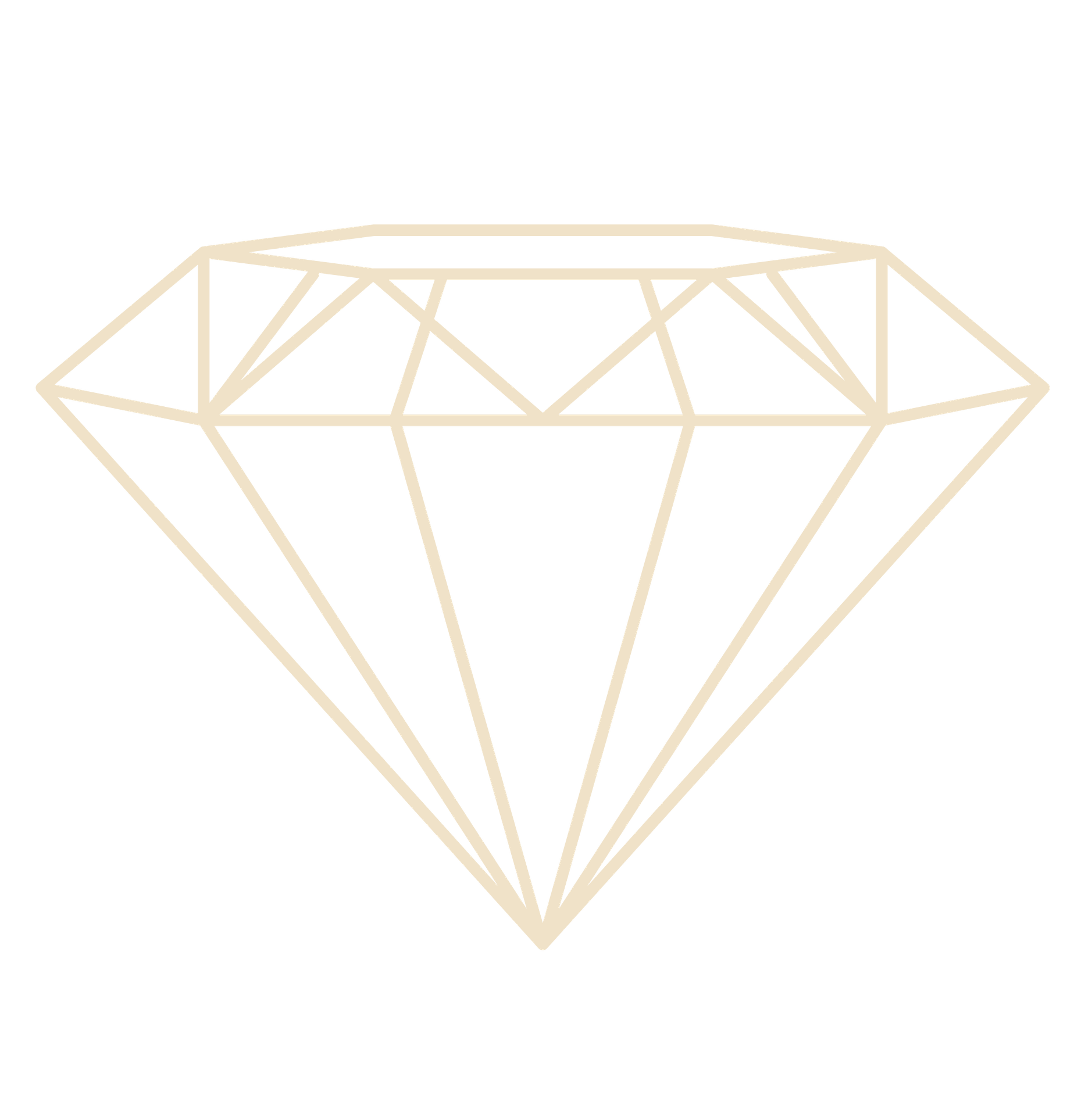
IDEAL CUT
A diamond’s proportions affect its light performance, which in turn affects its beauty and overall appeal. Diamonds with fine proportions, symmetry, and polish optimize their interaction with light, and have increased brightness, fire and scintillation.
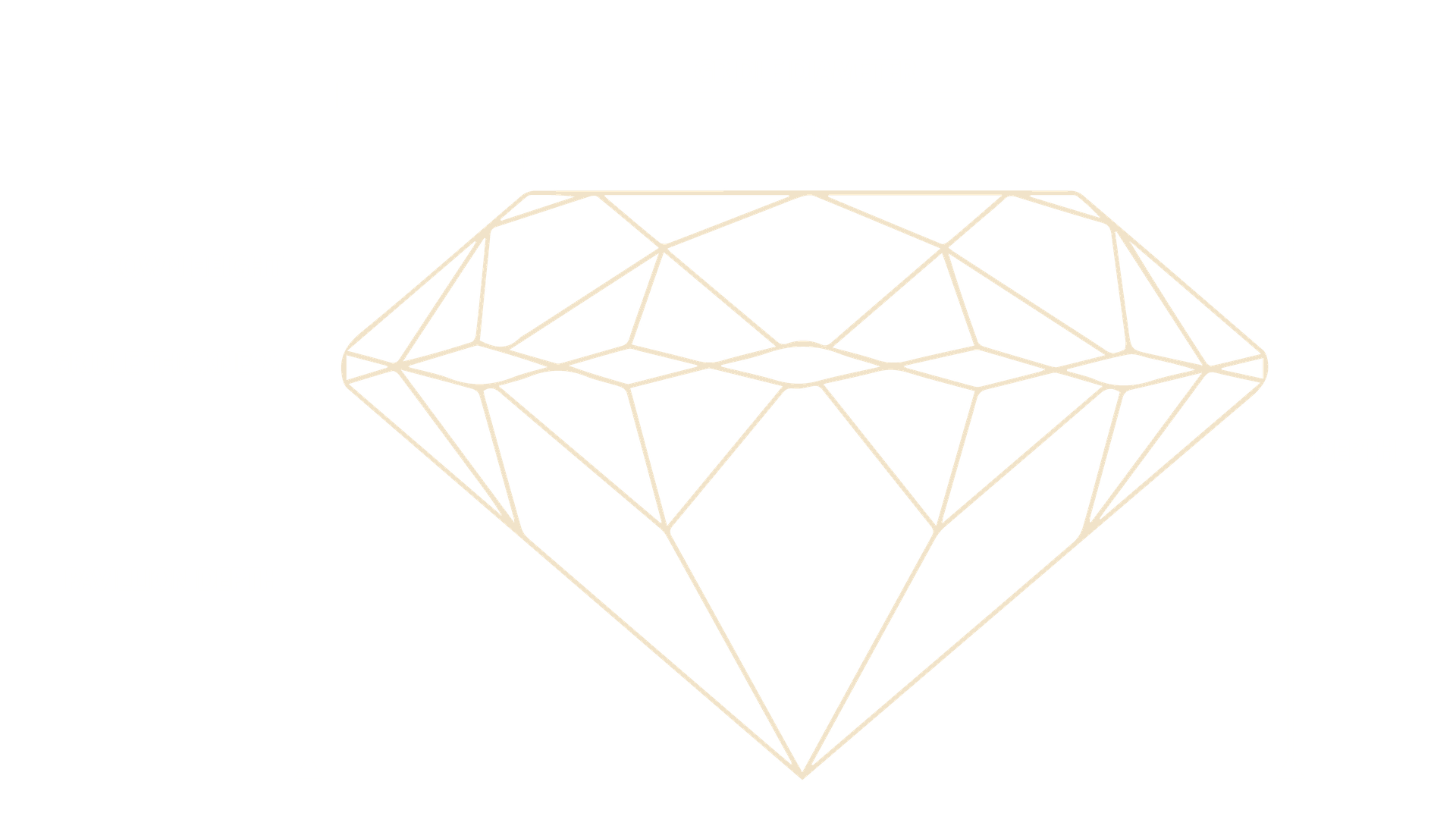

FINE CUT
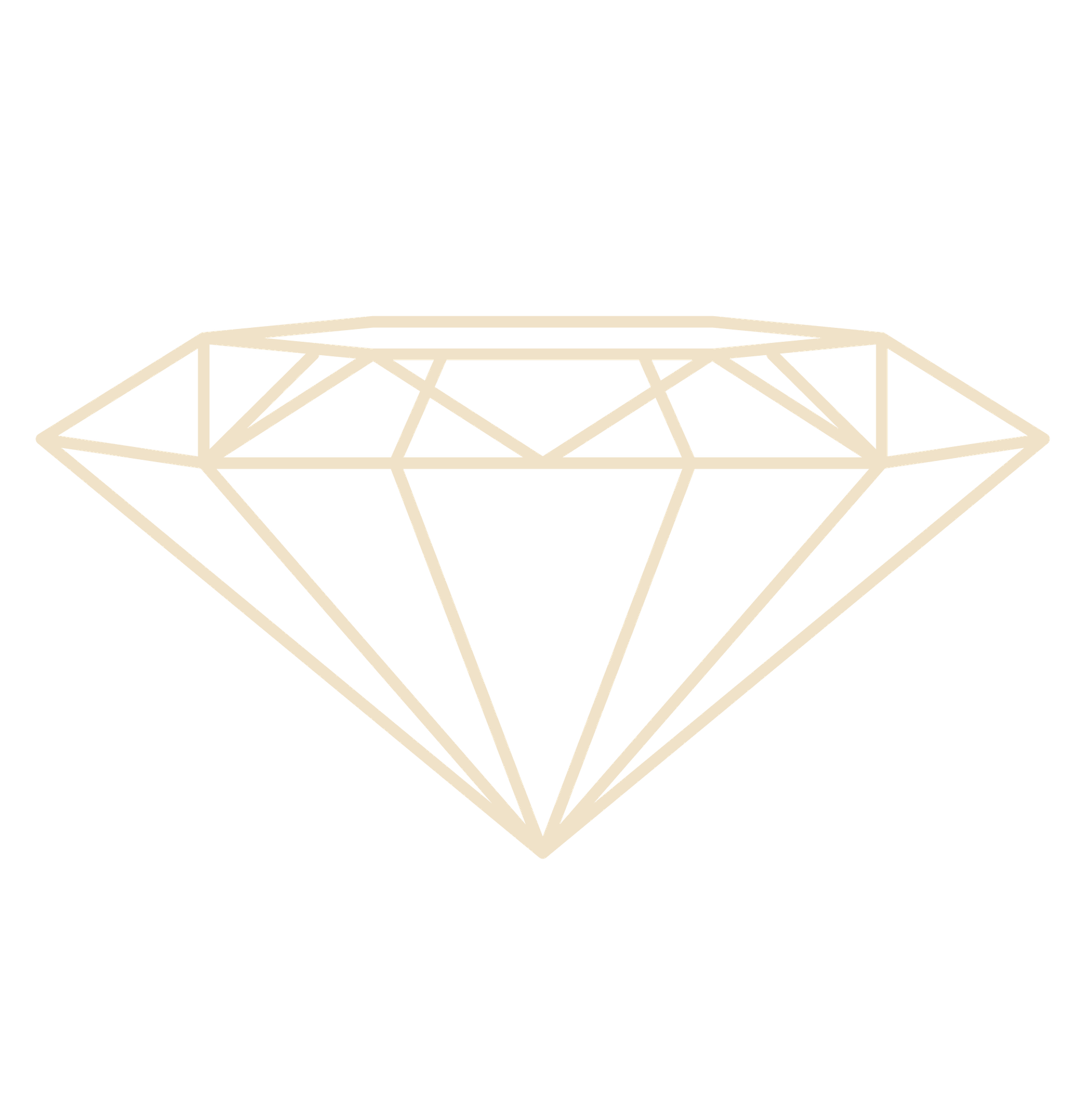
SHALLOW CUT
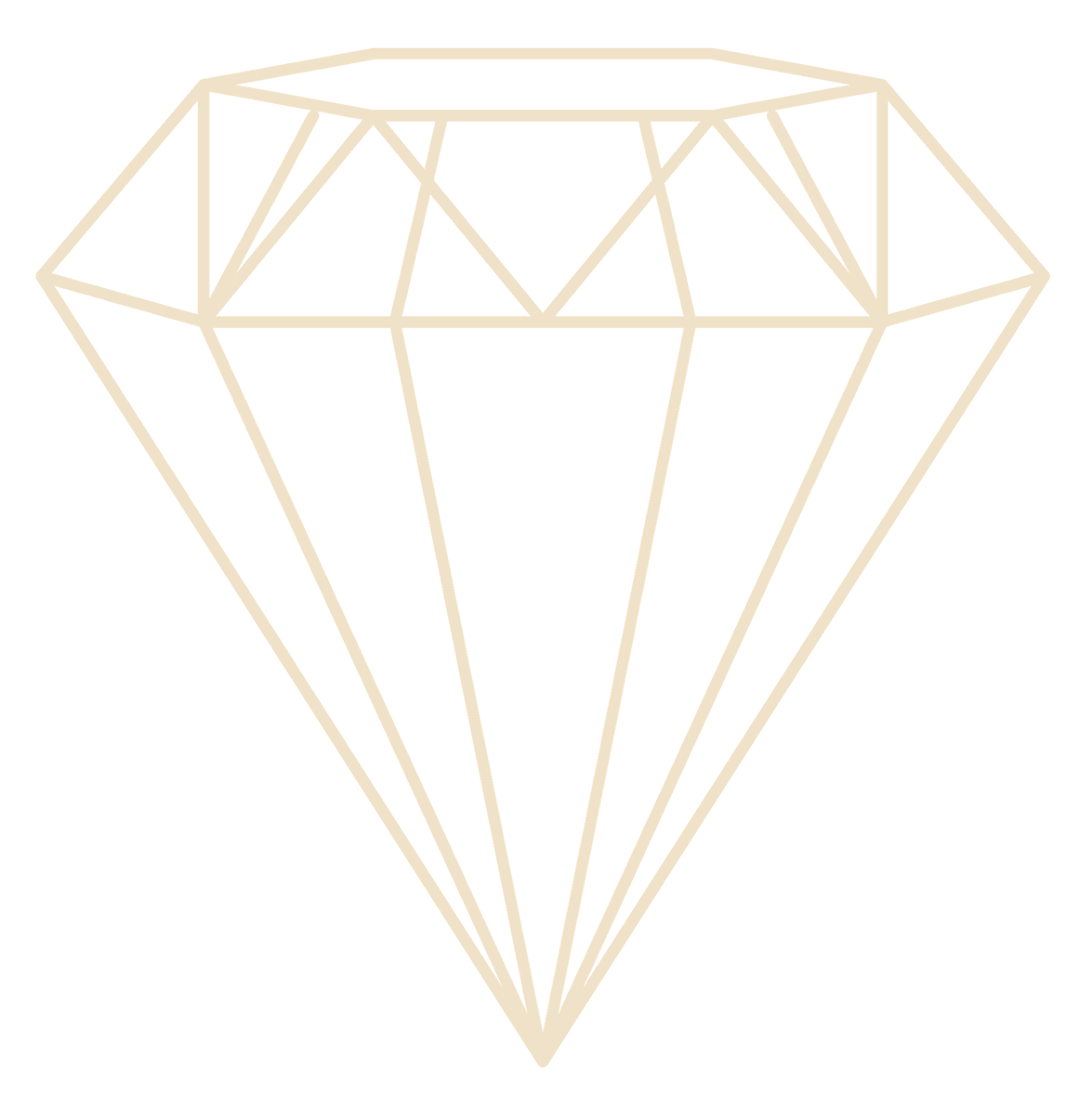
DEEP CUT
III. Clarity
Inclusions are small imperfections that form naturally inside a diamond as it grows. They can be tiny crystals, lines, or cloudy spots. Most of the time, they’re not visible to the eye and don’t affect how the diamond sparkles. Jewelers check them under magnification to gauge the quality and attractiveness of a particular stone.
IV. Carat
One carat equals 200 milligrams in weight. For diamonds under one carat, each carat
is divided into 100 points – similiar to pennies in a dollar.
0.75 ct. = 75 points, 1/2 ct. = 50 points.

I. Color
Although many people think of gem quality diamonds are colorless, truly colorless diamonds are actually very rare. Most diamonds used in jewelry are nearly colorless with tints of yellow or browns. Color grades are determined by comparing each diamond to a master set. Each letter grade represents a range of color and is a measure of how noticeable a color is.

Color grades are determined by comparing each diamond to a master set. Each letter grade represents a range of color and is a measure of how noticeable a color is.
Fluorescence. Some diamonds can emit a visible light when exposed to ultraviolet radiation, but fluorescence is not a factor in determining color or clarity grades. However, a description of its strength and color is provided on GIA Reports as an additional identifying characteristic.
II. Cut
A polished diamond’s beauty lies on its complex relationship with light. The magnificent display you see is made up of three attributes: Brightness is the combination of all white light reflecting from the surface and inteior of diamond. Fire describes the “flares” of color emitted from diamond. Scintillation describes the pattern of light and dark areas and the sparkle you see when the diamond, the light, or the observer moves.

IDEAL CUT
A diamond’s proportions affect its light performance, which in turn affects its beauty and overall appeal. Diamonds with fine proportions, symmetry, and polish optimize their interaction with light, and have increased brightness, fire and scintillation.

III. Clarity

Inclusions are small imperfections that form naturally inside a diamond as it grows. They can be tiny crystals, lines, or cloudy spots. Most of the time, they’re not visible to the eye and don’t affect how the diamond sparkles. Jewelers check them under magnification to gauge the quality and attractiveness of a particular stone.
IV. Carat
One carat equals 200 milligrams in weight. For diamonds under one carat, each carat
is divided into 100 points – similiar to pennies in a dollar.
0.75 ct. = 75 points, 1/2 ct. = 50 points.


FINE CUT

SHALLOW CUT

DEEP CUT
All About 4Cs
The 4Cs are only part of the story. With sixty years of expertise, we guide you past the jargon and make the process clear, so you can feel confident taking home a diamond of exceptional beauty that you’ll love for life.
Fluorescence
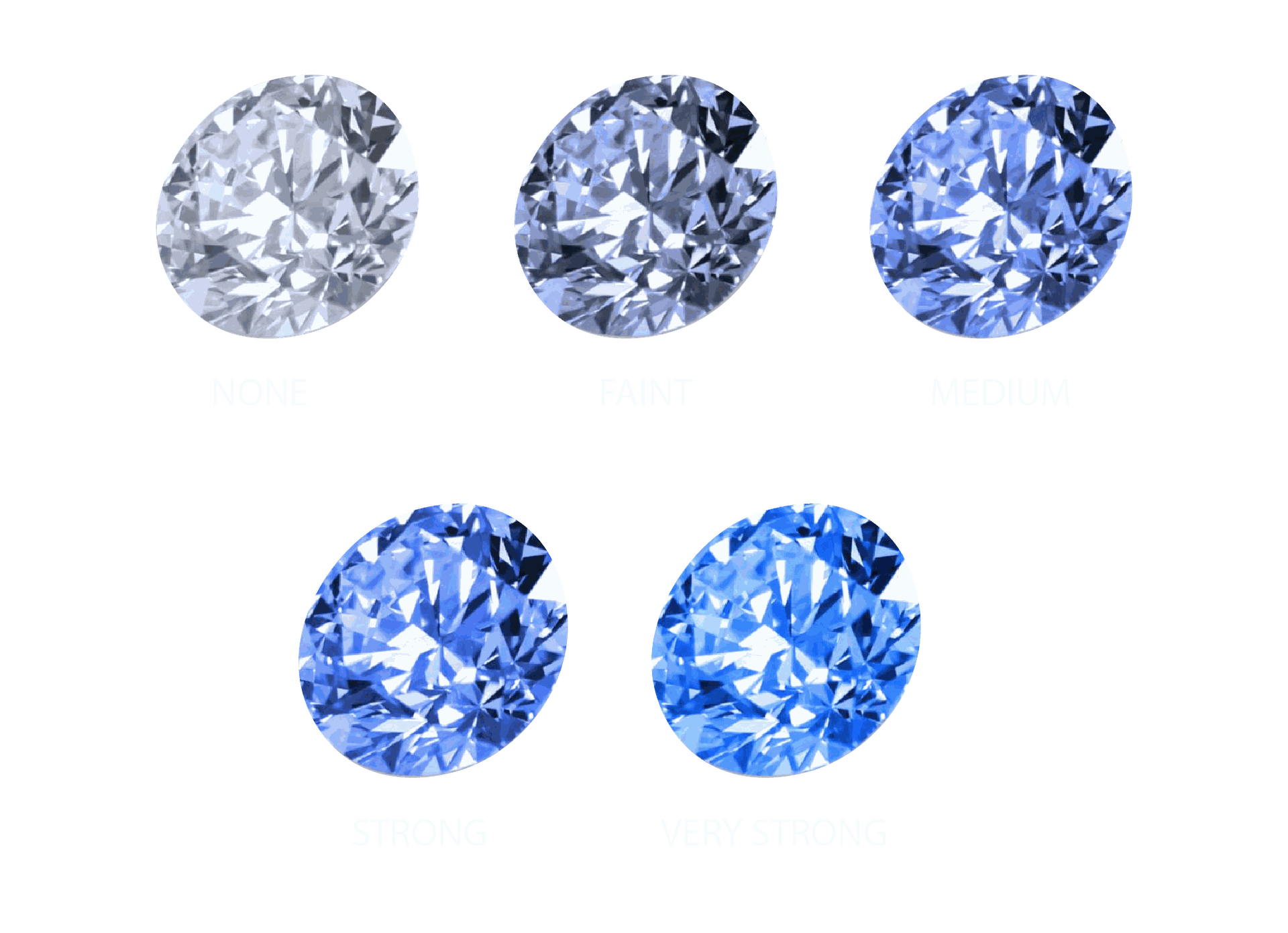
Fluorescence in a diamond is how it reacts to UV light, like a blacklight. Some diamonds glow a bit (usually blue) when exposed to this light. Most of the time, it has no effect on how the diamond looks. In rare cases, strong fluorescence can make a diamond look cloudy or hazy.
Certificates
FLUORESCENCE
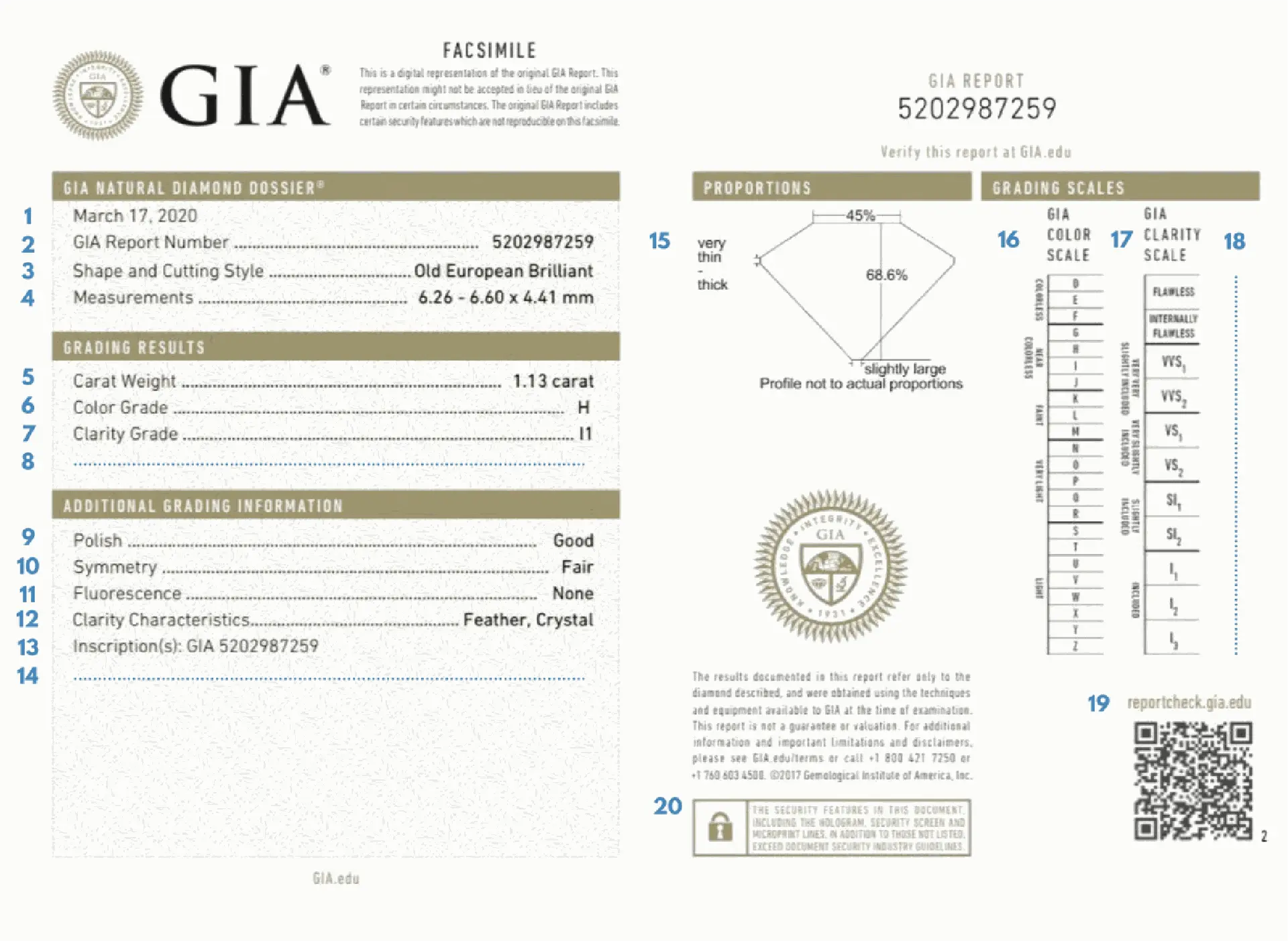
1: Date – When the diamond was examined.
2: Report Number – Unique ID for your diamond. You can look it up on GIA’s website.
3: Shape & Style – The diamond’s shape (like round or oval) and how it’s cut.
4: Measurements – Diamond size: either diameter or length × width × depth.
5: Carat Weight – How much the diamond weighs (1 carat = 0.2 grams).
6: Color Grade – Letters from D (colorless) to Z (light yellow or brown).
7: Clarity Grade – Rates how clean the diamond is (from Flawless to Included).
8: Cut Grade – How well the diamond is cut (Excellent to Poor). Not on all reports.
9: Polish – How smooth the surface is.
10: Symmetry – How well the facets are aligned.
11: Fluorescence – How the diamond glows under UV light (None to Strong).
12: Clarity Characteristics – Shows spots or marks inside the diamond (with a diagram sometimes).
13: Inscription – Any text or ID number laser-etched on the diamond.
14: Comments – Extra notes about the diamond, if any.
15: Proportion Diagram – Drawing showing the diamond’s shape and cut angles.
16: Color Scale – Where the diamond ranks in color.
17: Clarity Scale – Where it ranks in clarity.
18: Cut Scale – Where it ranks in cut quality.
19: QR Code – Scan it to verify the diamond on GIA’s site.
20: Security Features – Things like watermarks, holograms, or barcodes to prove it’s real.
Certificates
FLUORESCENCE

1: Date – When the diamond was examined.
2: Report Number – Unique ID for your diamond. You can look it up on GIA’s website.
3: Shape & Style – The diamond’s shape (like round or oval) and how it’s cut.
4: Measurements – Diamond size: either diameter or length × width × depth.
5: Carat Weight – How much the diamond weighs (1 carat = 0.2 grams).
6: Color Grade – Letters from D (colorless) to Z (light yellow or brown).
7: Clarity Grade – Rates how clean the diamond is (from Flawless to Included).
8: Cut Grade – How well the diamond is cut (Excellent to Poor). Not on all reports.
9: Polish – How smooth the surface is.
10: Symmetry – How well the facets are aligned.
11: Fluorescence – How the diamond glows under UV light (None to Strong).
12: Clarity Characteristics – Shows spots or marks inside the diamond (with a diagram sometimes).
13: Inscription – Any text or ID number laser-etched on the diamond.
14: Comments – Extra notes about the diamond, if any.
15: Proportion Diagram – Drawing showing the diamond’s shape and cut angles.
16: Color Scale – Where the diamond ranks in color.
17: Clarity Scale – Where it ranks in clarity.
18: Cut Scale – Where it ranks in cut quality.
19: QR Code – Scan it to verify the diamond on GIA’s site.
20: Security Features – Things like watermarks, holograms, or barcodes to prove it’s real.
But not all diamonds are equal...
Even if they have the same grade
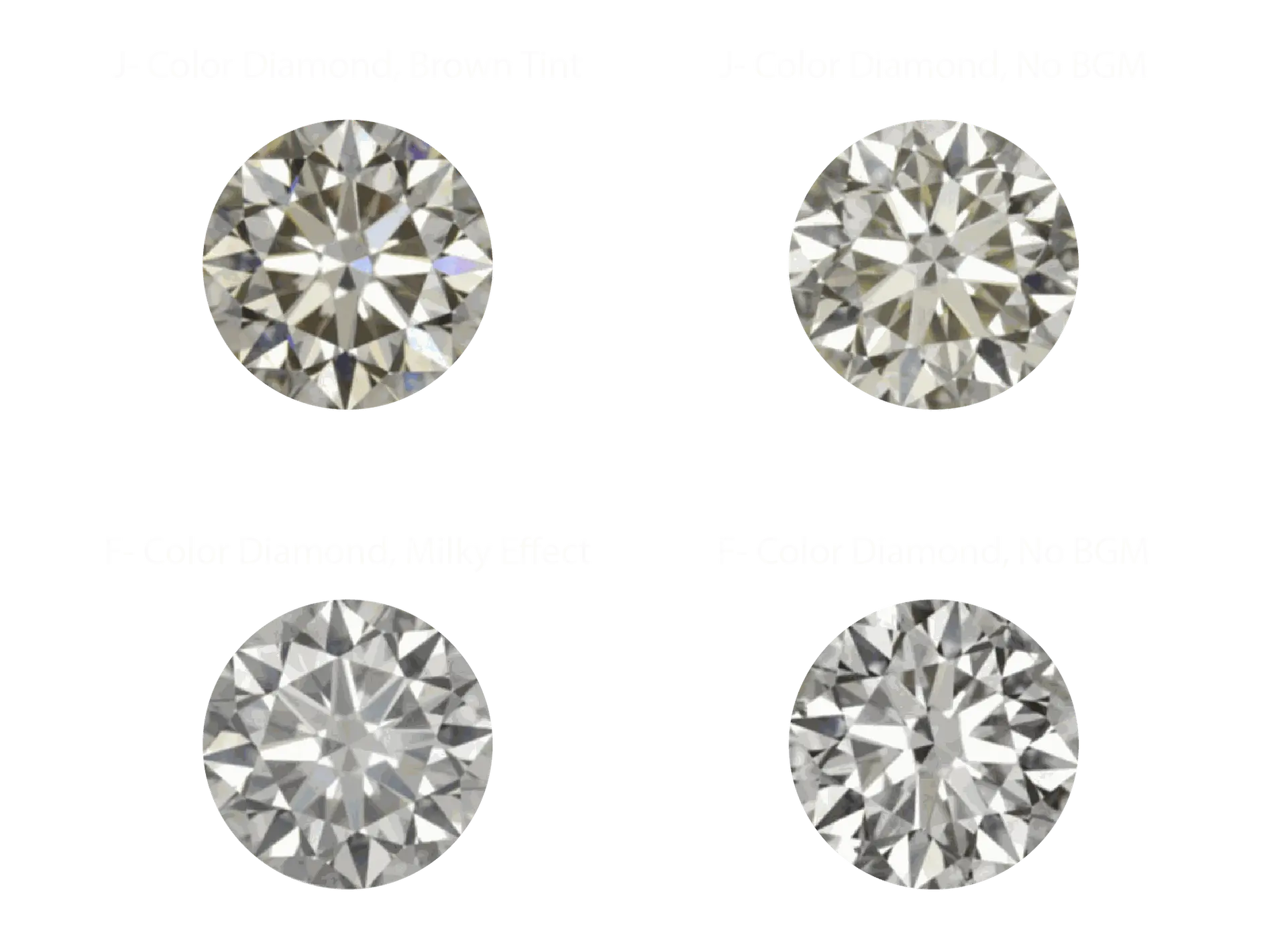
Some diamonds look great on paper but appear dark, hazy, or dull in person. This is often because of Brown, Honey, or Milky tones, which aren’t shown on the GIA or IGI report.
Brown makes the diamond look muddy
Honey adds a yellow tint
Milky makes it look cloudy

